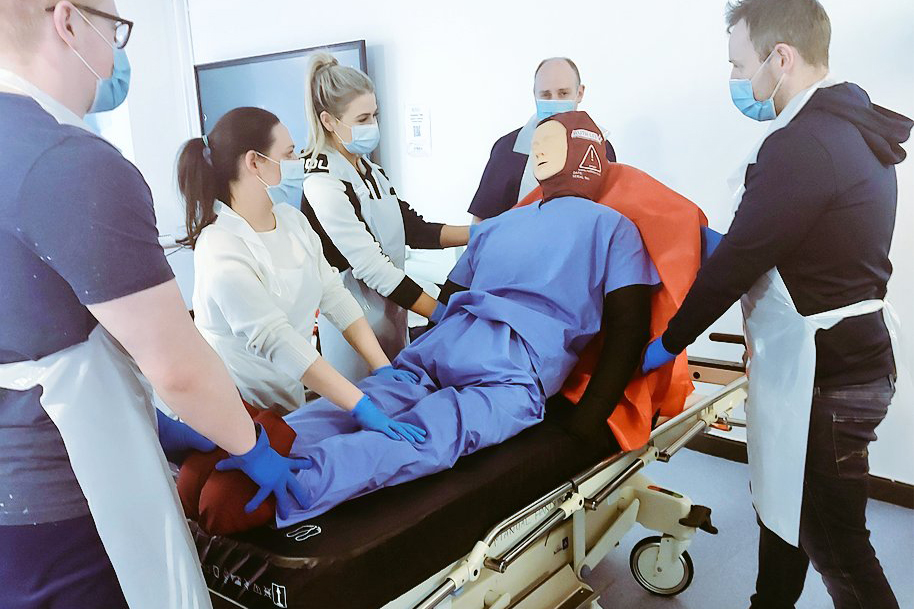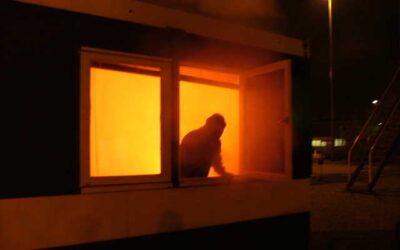In a healthcare setting, no one should manually lift patients on a regular basis without the help of a hoist, sliding sheet, sling, or other specialist equipment. But sometimes, it is necessary for someone to manually lift or move a person in their care when there is no equipment to help. Using equipment also requires a degree of physical lifting and therefore, effective moving and handling training is very important.
Statistically, Healthcare Workers are at a high risk of workplace injury, caused by lifting and handling and so it is important that all workers in the sector receive adequate training to minimise these risks.
Guidance from those in the know, including the Canadian Centre of Occupational Health and Safety, offer advice on lifting and handling, including the importance of training.
WHY ‘REAL’ PEOPLE ARE NOT ALWAYS THE ANSWER
It’s perhaps tempting to complete training using other people (usually our colleagues) – but this is not always the best way! Here are some common negatives seen when using live people in training:
Too Helpful – if you are practising moving someone who is unconscious, you want to simulate an unconscious person! Sounds obvious right? But in fact, when using a volunteer to act as the unconscious person they will subtly (or not so subtly!) ‘help’ those doing the lifting. They may brace their own head and neck for example when being lifted (survival instinct means we always protect ourselves) or move their weight when someone is struggling to lift a limb.
Volunteer misses out – it’s obvious really…if someone is acting as a volunteer for others to practice skills on, they cannot actively participate in the training themselves.
Risk of Injury – if someone is acting as a volunteer, there is a very real risk of injury to them. Accidents happen and no matter how safely you lift someone, there is always a risk of them getting injured as a result of a poor lift, or even a fall.
Physical Distancing – it goes without saying during the pandemic that anything which minimises person-to-person contact is highly beneficial to reduce the risk of infection.
WHAT OTHER OPTIONS ARE AVAILABLE?
The best alternative to using live volunteers is to use a training manikin. From a health and safety perspective, manikins greatly reduce the risk of injury as no one is acting as the patient. Manikins won’t complain if you accidentally pinch them or knock them, or even if you drop them! At Ruth Lee, we have more than 60 years of experience and have a range of manikins for many different training scenarios. Our Patient Handling manikin is the perfect choice for manual lifting and handling training.
We also provide a Bariatric range of manikins in a variety of weights – from 90 kg (when you require the bulk of a bariatric person, without too much extra weight), right the way up to 180 and even 260 kg! This can be a very useful training tool if your home houses some larger individuals – allowing you to plan and train to manoeuvre them safely in an emergency.
WHAT ARE THE BENEFITS FOR TRAINING WITH A RUTH LEE MANIKIN?
There are many benefits to using Ruth Lee manikins for your in-house training. These include:
- Avoiding costly staff absences through effective and regular training.
- The whole team can participate – no one has to volunteer to be the patient!
- Be repetitive and make mistakes.
- Our manikins have anatomically correct weight distribution – they behave like a real unconscious body!
- We have a full range of manikins suited to Health and Care professionals, including Patient Handling, Full Bodied CPR or Airway Management, and Bariatric (in a range of weights).
At ALG Safety we are committed to helping you create realistic training and our experts can guide you through the process of choosing the perfect manikin for your training needs. Call us today on 905-517-7406
Find out more about the Patient Handling Manikin here www.algsafety.biz/manikins/patient-handling



